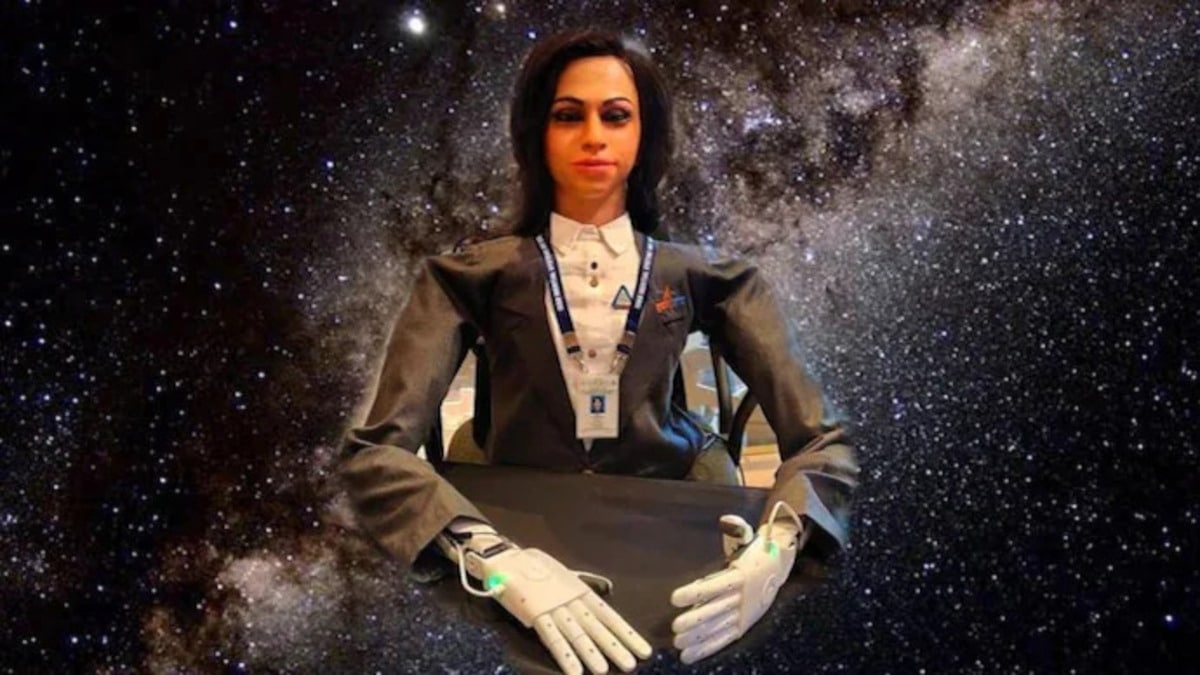 Image Credits : India Today
Image Credits : India Today
India’s Indian Space Research Organisation (ISRO) is gearing up for a venture as the country’s female robot astronaut, Vyommitra, is poised to journey into space ahead of the ambitious Gaganyaan mission, which aims to carry Indian astronauts into space. The announcement was made by the Union Minister of Science and Technology, Dr. Jitendra Singh.
Vyommitra, the uncrewed robotic astronaut, is slated to undertake its mission preceding the manned Gaganyaan expedition. The name “Vyommitra” is derived from the Sanskrit words ‘Vyoma,’ meaning space, and ‘Mitra,’ signifying friend, elucidated the Indian minister.
Dr Singh detailed the capabilities of Vyommitra, highlighting its capacity to monitor module parameters, issue alerts, and execute life support operations. He emphasized Vyommitra’s ability to perform various tasks such as operating panels and responding to inquiries, underscoring its significance in simulating human functions in the space environment and interacting with the life support system.
The Vyommitra mission is scheduled to occur in the third quarter of this year, with the manned Gaganyaan mission slated for launch in 2025, as per the Indian minister.
Turning attention to the Chandrayaan 3 mission, which achieved a historic landing on the South Pole of the moon in August last year, Dr Singh stated that it is proceeding as expected, with vital updates expected to be shared soon, albeit without specifying a timeline.
In October of the previous year, ISRO successfully launched the Gaganyaan Test Vehicle Development Flight Mission-1 test vehicle (TV-D1 Flight Test) in preparation for India’s inaugural manned space flight. The mission aimed to qualify the crew escape system and parachute system, according to India’s Department of Space. The human rating of the launch vehicle has been completed, all propulsion stages are qualified, and preparations are underway.
TV-D1, a liquid-propelled single-stage test vehicle, carried the Crew Escape System, a domestically developed system crucial for astronaut safety. This system ensures the astronauts’ protection in the event of a catastrophic error during their spaceflight, safeguarding the spacecraft they are aboard.
The overarching goal of the Gaganyaan project is to send three astronauts into a 400-kilometre orbit around the Earth for three days, followed by their safe return.
India’s foray into manned space missions marks a remarkable milestone in its space exploration endeavours, reflecting the nation’s commitment to pushing the boundaries of scientific achievement. With Vyommitra’s impending journey into space and the ongoing preparations for the Gaganyaan mission, India is expected to carve a prominent place for itself in the realm of space exploration.
